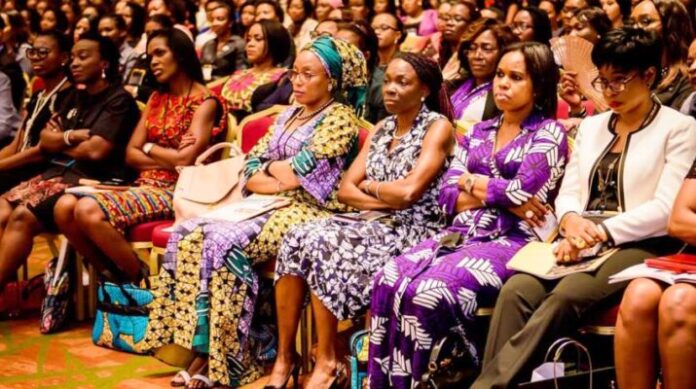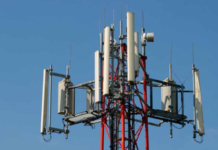‘800m women need mobile Internet to close gender gap by 2030’
TECHDIGEST – Over 800 million women will need to adopt mobile Internet to close the digital gender gap by 2030 across low- and middle-income countries (LMICs), according to the latest Mobile Gender Gap Report published by the GSMA.
GSMA said the latest figures indicate that the gulf between the numbers of men and women using mobile Internet will not be closed without an enhanced effort by a broad range of stakeholders. Progress in reducing the mobile Internet gender gap remains stalled, with women in LMICs 19 per cent less likely than men to use it, equating to around 310 million fewer women than men.
If the gap remains unchanged, current forecasts suggest that only 360 million more women (less than half of the 800 million target) are expected to start using mobile broadband by the end of the decade.
The Mobile Gender Gap Report analyses mobile ownership and mobile Internet usage in low- and middle-income countries (LMICs) in Africa, Asia and Latin America. The report provided figures that uncover the scale of the mobile gender gap in each region, a review of the barriers to mobile ownership and Internet adoption, and recommended actions for stakeholders, including policymakers, regulators, mobile operators and NGOs.
READ ALSO: Nigeria’s Telecom Access Gaps Drop by 53%
Funded by the UK Foreign, Commonwealth and Development Office (FCDO) and the Swedish International Development Cooperation Agency (Sida) via the GSMA Mobile for Development Foundation, the report further revealed that while almost two-thirds (61 per cent) of women across LMICs are now using mobile internet, their rate of adoption has slowed for the second year in a row – with only 60 million women adopting mobile internet in 2022, versus 75 million in 2021.
According to it, 900 million women across LMICs still aren’t connected to mobile broadband, of which two-thirds live in South Asia and Sub-Saharan Africa.
It said once women own a smartphone, their awareness and use of mobile Internet is almost on par with men. Despite this, women are 17 per cent less likely than men to own a smartphone in LMICs, translating into around 250 million fewer women than men.
There are still 440 million women across LMICs who do not own a mobile phone and are difficult to reach.
For mobile users, who are already aware of mobile Internet, the top-reported barriers to adoption are still affordability (primarily of handsets), literacy and digital skills, and safety and security concerns.
The majority of men and women who use mobile Internet believe it has an overall positive impact on their lives and use it every day, with little difference between women and men.
The report admitted that mobile ownership and mobile Internet usage deliver significant benefits to women and their families, the economy and business.
Director-General of the GSMA, Mats Granryd, said: “Mobile phones are the primary, and often only, source of Internet access in LMICs, particularly in rural communities, so it’s alarming to see women’s digital inclusion slow for the second year in a row.
“Greater collaboration across all stakeholders in the digital community, from governments to operators, NGOs to internet companies, is needed to enable more women to access and use mobile internet and ultimately ensure women are not being left behind in an increasingly digital world.”
















